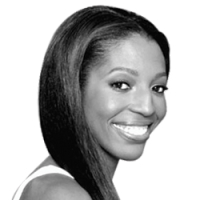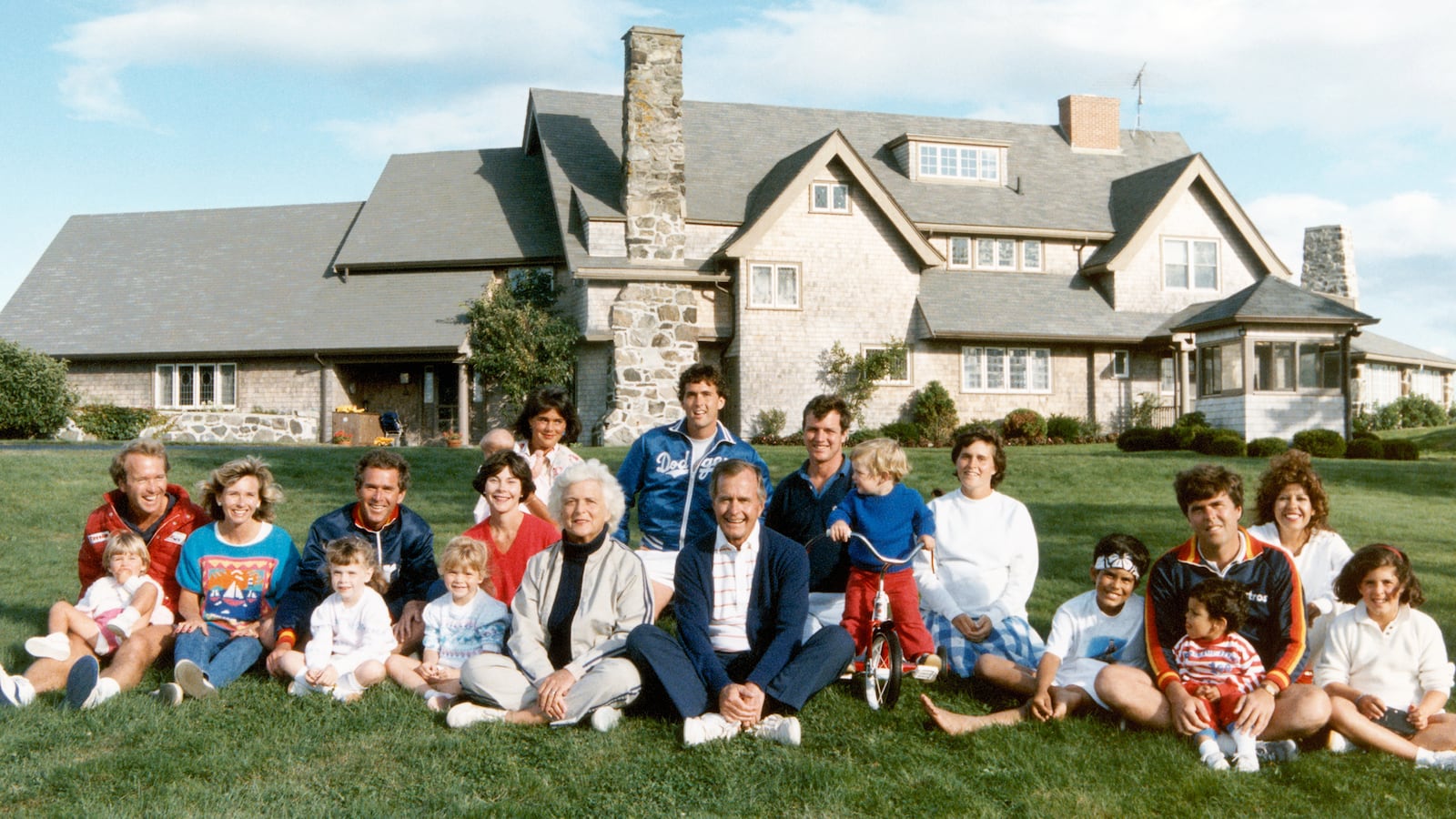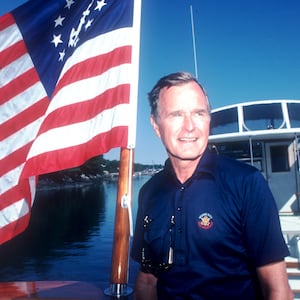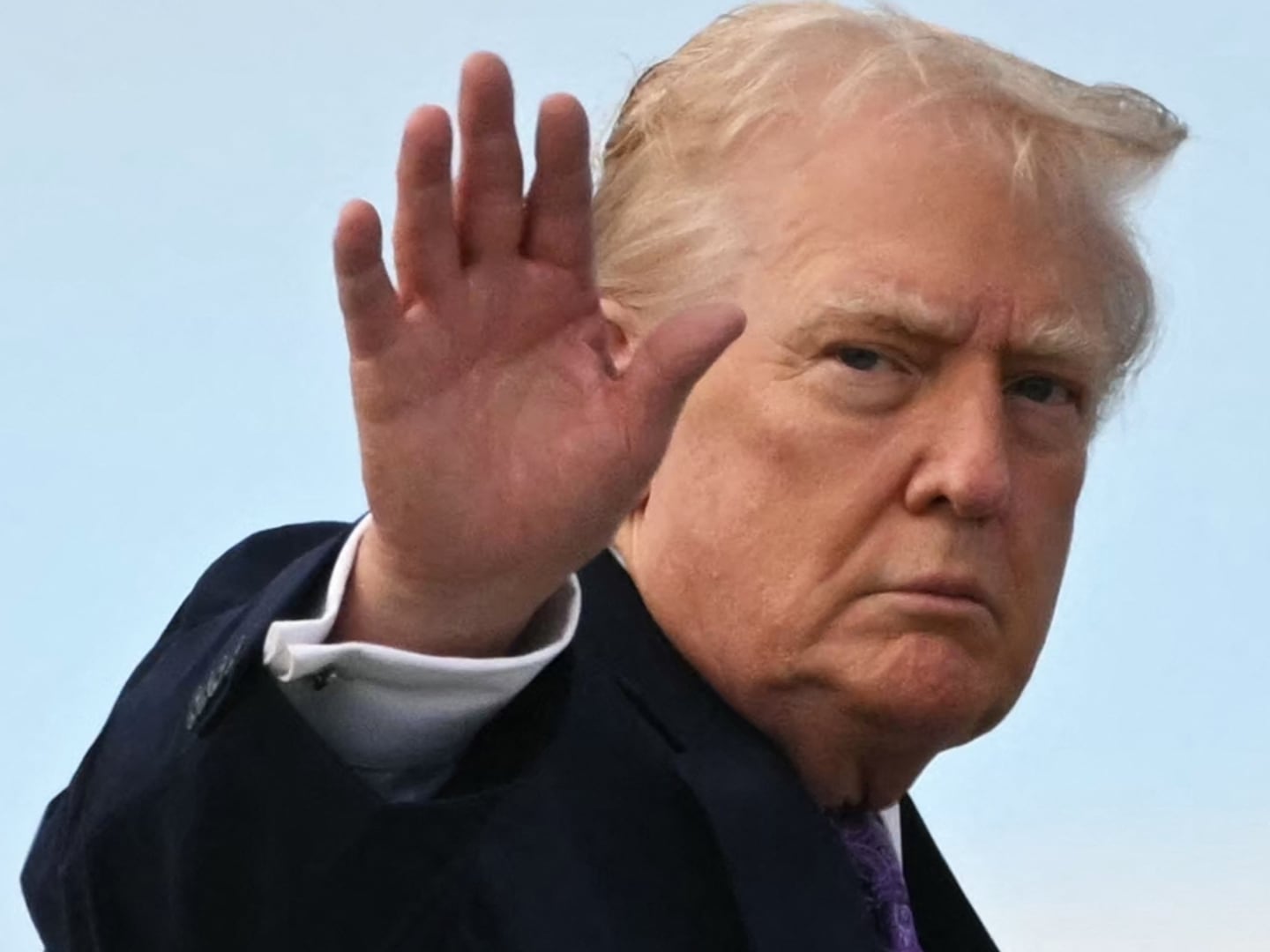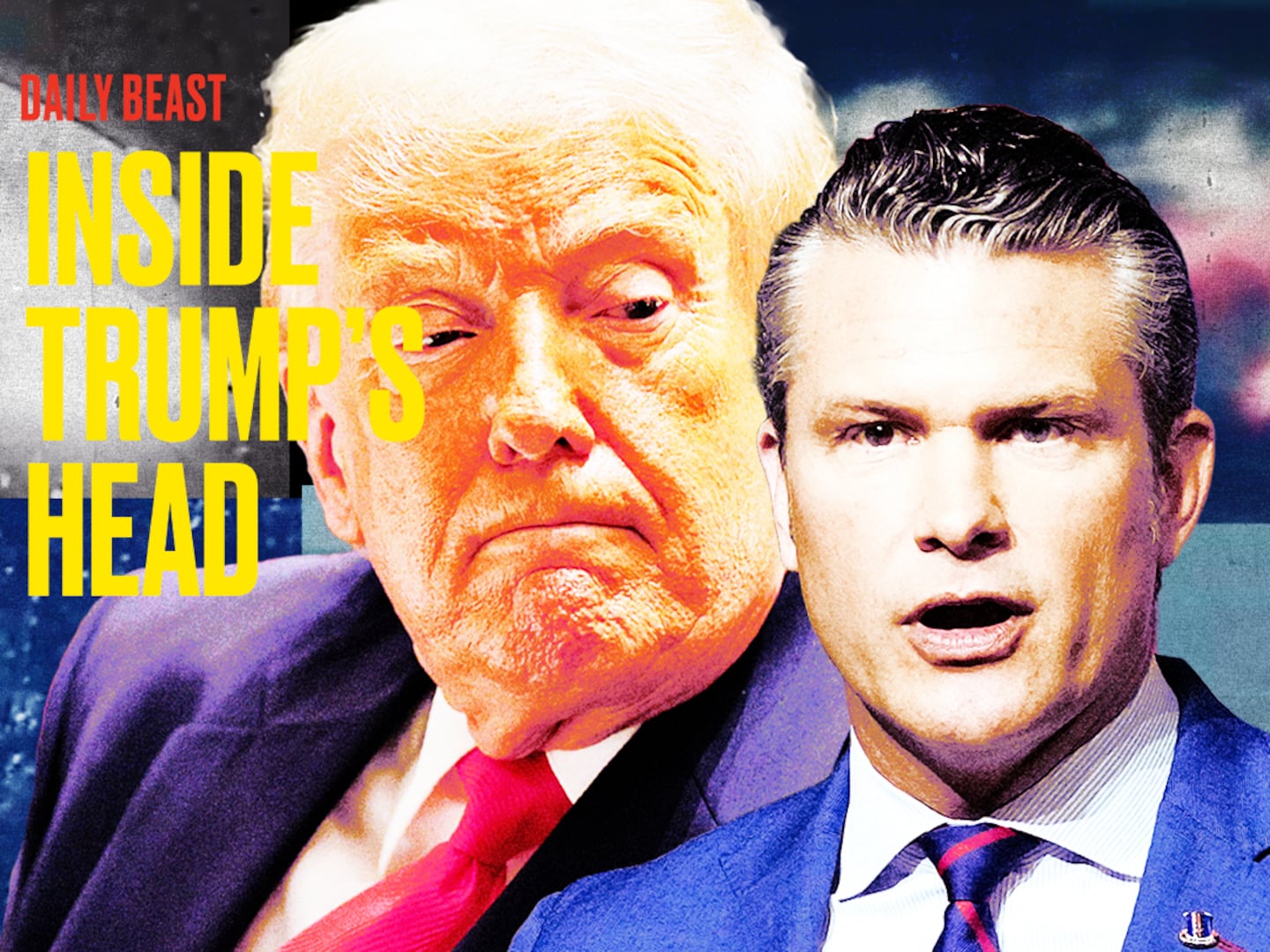When Bill de Blasio featured his mixed race family in political ads during his run for mayor in 2013, it was considered groundbreaking, even coming from a Democrat in New York City .
Yet George H.W. Bush had done the same thing decades before, as a Republican on the national stage. His son Jeb met his wife Columba in Mexico as a teenager, and eventually brought her to America where they married. Though such a union hardly seems noteworthy today, it certainly was nearly a half century ago.
During the 1988 presidential campaign he featured his daughter-in-law and grandchildren in a Spanish language political ad that closed with Bush saying:
“As president, I have a lot of reasons to help Hispanics everywhere, because I’ll be answering to my grandkids, not just to history.”
Bush faced controversy for once referring to his grandkids as “little brown ones,” but his daughter-in-law came to his vigorous defense, likening his language choice to nicknames in Latino culture that translate as impolite in English, such as calling someone chubby as a term of endearment. According to The Chicago Tribune she said, ''Brown is a beautiful color'' and “My father-in-law is so sensitive. Sometimes I think he displays too much love for my children.''
His connection to communities of color through his family highlights Bush’s complex and largely overlooked racial legacy. Though it was not circulated directly by his campaign, the devastating Willie Horton ad that targeted Bush’s 1988 opponent Michael Dukakis is considered one of the most racially divisive of the modern political era, and continues to cast an unflattering shadow on President Bush’s image. Then there is his Supreme Court legacy. Following Thurgood Marshall’s decision to step down from the Supreme Court, Bush nominated Clarence Thomas. Whereas Marshall was a civil rights legend, having litigated the landmark school desegregation case Brown v. Board of Education, before becoming the first African-American justice on the Supreme Court, Clarence Thomas is viewed as openly hostile to civil rights. He is, however, a black man. And among conservatives at least, the president was given credit for attempting to maintain diversity on the court.

Bush Family Photo. Top, Left to right: Marvin, 22; George, 3; Jeb, 26; George; George W., 33; George's wife, Laura. Bottom, left to right: Jeb's wife, Columba; Noelle, 2; Dorothy, 20; Barbara; Neil, 24.
BettmannThe Thomas decision, as misguided as it may seem to champions of racial justice, does however signal that racial optics mattered more to President Bush than they had to other Republican presidents. While tokenism is a legitimate cultural concern, as we all know thanks to President Obama, representation and imagery do matter. It is much easier for a little black boy to dream of becoming a Supreme Court justice (or president) when he can grow up seeing someone who looks like him in those roles. That matters to him more than whether his parents agree with that person’s policies.
Behind the scenes, the first President Bush was known to push for racial and ethnic diversity in high profile roles in a way that seems common sense today, but wasn’t decades ago. After the Bush transition team reached out to former congressman Manuel Lujan, Jr. about a cabinet post, Lujan recalled that he turned down the role, but ultimately accepted after then President-elect Bush personally reached out to him. Lujan would become the first Latino secretary of the interior.
Though it’s hard to imagine now, there was surprise among political watchers when President Bush selected General Colin Powell as chairman of the Joint Chiefs of Staff, choosing him over more experienced military personnel. Powell was obviously qualified and as anyone reading this knows went on to become one of the political world’s brightest stars. But more than one GOP source has told me over the years that while President Bush wasn’t a cheerleader for liberal affirmative action policies, you could call him a pioneer of what is now called “The Rooney Rule.” Named after Dan Rooney, the late owner of the Pittsburgh Steelers, the rule calls for the NFL to interview qualified minority candidates for coaching openings. Due to its effectiveness, the rule has formally and informally been adopted across other industries. Bush was known to be conscientious of asking for qualified minority candidates to be included for consideration to fill major roles. This was allegedly one of the ways Colin Powell went from unlikely candidate, to the first black chairman of the Joint Chiefs of Staff.
Conscientiousness over racial and ethnic diversity would emerge as a defining trait of the Bush political dynasty. George W. Bush generated criticism for his efforts to mount judicial challenges to collegiate affirmative action programs while he served as president. Yet some of that criticism would come from some of the minorities he nominated to key roles within his own administration, including people he’d first encountered while they served his father such as Colin Powell.
The second President Bush’s cabinet was not only significant for its racial diversity (a number of his cabinet posts were filled by the first Latino, or Asian-American or black American in that role) but he pushed forward on efforts to find bipartisan and humane compromises to resolve the country’s immigration debate. Profile after profile would note the personal connection the Bush family had to the issue because of, well… their own family.
There will be those who say that the first President Bush could have done more to foster racial equality. It’s possible they are right. (I’m a believer one can always do more.) But just as critics of the current president note the power of poisonous language to divide, we can’t dismiss the power of imagery to unite. Queen Elizabeth’s warm embrace of a biracial American granddaughter-in-law is celebrated in large part because she is sending a message that if this woman is good enough for royalty, someone of her background should be good enough for you to hire or sell a home to.
Similarly, President Bush made it clear that there was a place for an immigrant and woman of color in the nation’s most powerful family and in the White House. This was not only powerful imagery, but foreshadowed the browner more diverse America we have become.
It is fear of this America that has sparked the current backlash and divisive racial rhetoric that has become the norm of some of our leaders. Yet more American families now look like President Bush’s than at any point in American history, and some of those families are political families, from the Romneys to the McCains to the de Blasios.
In a career that boasted many impressive accomplishments, this may prove one of the most impactful parts of President Bush’s legacy.
